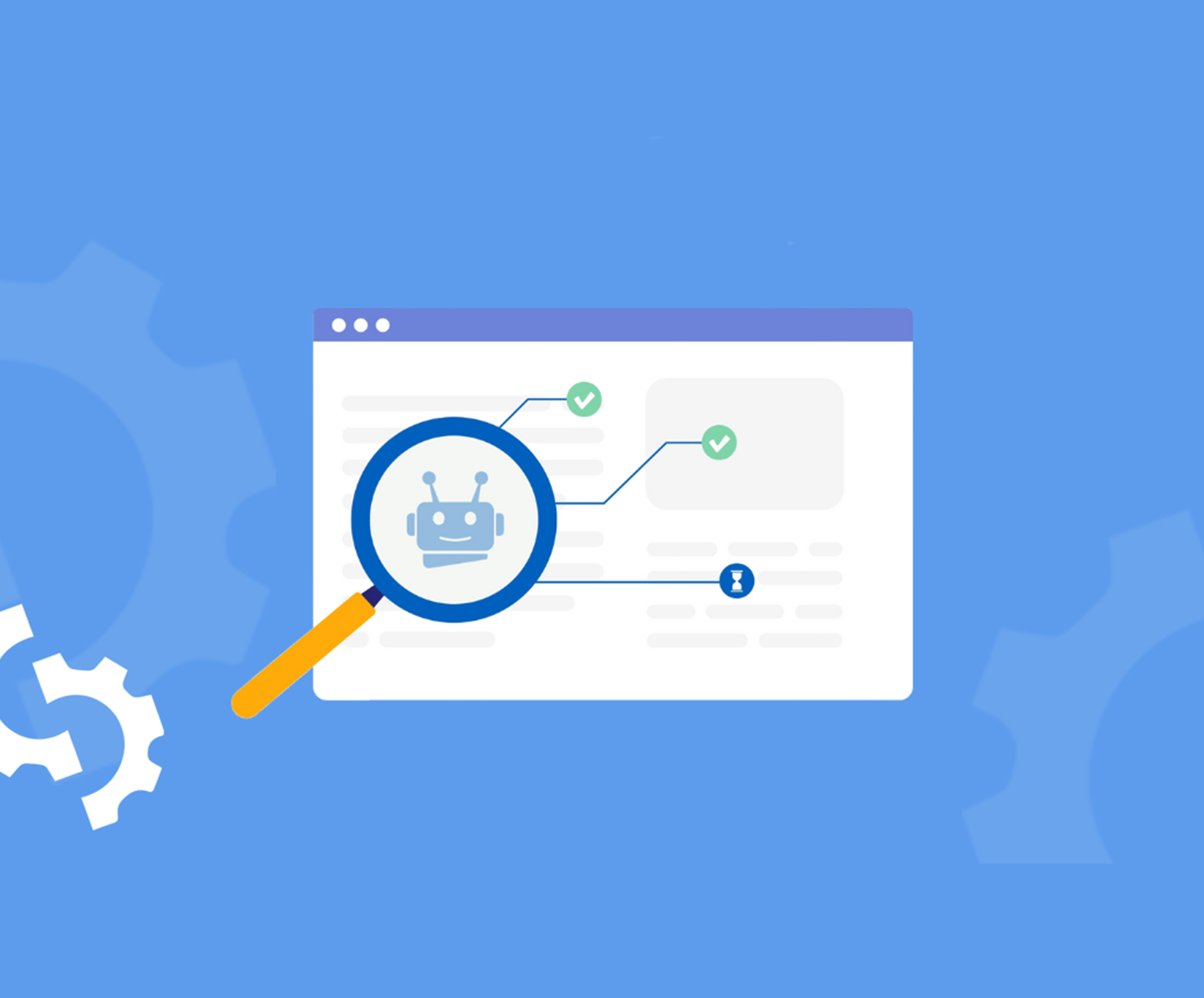Google has revamped its entire crawler documentation. This update aims to improve clarity and usability for webmasters.
Google recently overhauled its crawler documentation to make it easier for webmasters to understand and implement best practices. The updated documentation offers more precise guidelines and examples, helping site owners optimize their sites effectively. Clearer instructions ensure that webmasters can navigate the complexities of SEO with greater ease.
This revamp aims to enhance the overall user experience by providing more actionable insights. Webmasters can now find relevant information quickly and apply it to improve their site’s performance in search results. Google’s commitment to clarity and usability reflects its ongoing efforts to support the webmaster community.
Introduction To Google’s Crawler
Google has recently revamped its entire crawler documentation. This update aims to help webmasters understand how Googlebot works. Knowing about Google’s crawler can improve your site’s SEO.
What Is A Web Crawler?
A web crawler is a program that scans the internet. It visits web pages and reads their content. Googlebot is Google’s own web crawler.
- Web crawlers are also called spiders or bots.
- They help search engines index web pages.
- Indexed pages appear in search results.
Importance Of Google’s Crawler
Google’s crawler is crucial for SEO. It determines how your site ranks in search results. The better Googlebot understands your site, the higher it can rank.
| Feature | Importance |
|---|---|
| Indexing | Ensures your site appears in search results. |
| Ranking | Affects your site’s position on Google. |
Google’s crawler also checks for site errors. Fixing these errors can improve your site’s performance. This is why understanding Googlebot is so important.

Credit: ppc.land
Reasons For The Revamp
Google has revamped its entire crawler documentation. This change aims to address several key areas. The revamp will help both developers and site owners. Let’s explore the main reasons for this significant update.
Addressing Common Issues
Many developers faced recurring problems with crawler documentation. Google aims to simplify these complexities. The new documentation addresses common issues such as:
- Understanding crawl budget
- Resolving crawl errors
- Handling duplicate content
This update will provide clearer guidelines. Developers can now find solutions more quickly. Clear instructions will reduce the learning curve.
Incorporating New Technologies
Google’s technology evolves rapidly. The new documentation includes the latest advancements. Some of these new technologies are:
- JavaScript rendering
- Mobile-first indexing
- Progressive Web Apps (PWAs)
These additions make the documentation future-proof. Developers can now stay updated with the latest trends. This ensures better site performance and ranking.
| Old Documentation | New Documentation |
|---|---|
| Complex instructions | Simple and clear guidelines |
| Outdated technologies | Includes latest tech trends |
| Hard to navigate | Easy to use structure |
This table highlights the improvements made. The new documentation is user-friendly. It covers the needs of modern web development.
Key Changes In The Documentation
Google has revamped its entire crawler documentation, making it easier to understand. The new documentation aims to help webmasters optimize their websites efficiently. Here are the key changes that stand out.
Simplified Guidelines
The updated guidelines are now more straightforward. Google has removed technical jargon. This makes it easier for beginners to grasp essential concepts.
- Clear Instructions: Each step is detailed and easy to follow.
- Visual Aids: Diagrams and images help explain complex ideas.
- Concise Content: Information is presented in bite-sized chunks.
Enhanced Examples
Google has added more examples to demonstrate best practices. These examples cover a wide range of scenarios, making it easier for users to implement the guidelines.
| Example Type | Description |
|---|---|
| Code Snippets | Provides ready-to-use code for common tasks. |
| Real-world Cases | Shows how top sites handle their crawling issues. |
These examples make the documentation more practical. Users can now see how to apply the guidelines in real situations.
Impact On Webmasters
Google has revamped its entire crawler documentation. This update brings significant changes for webmasters. It aims to make their tasks easier and more efficient.
Ease Of Understanding
The new documentation is easier to understand. Google has simplified complex terms. Webmasters can now grasp the information quickly. This helps them to implement changes faster.
Here are some highlights:
- Clear definitions of key terms
- Visual aids and diagrams
- Step-by-step guides
Improved Implementation
The revamped documentation improves implementation. Webmasters can now follow precise steps. This ensures fewer errors and better results.
Key improvements include:
- Detailed examples and scenarios
- Best practices for SEO
- Troubleshooting tips
Webmasters can now optimize their sites more effectively. This leads to better search rankings and user experience.
New Tools And Features
Google has revamped its entire crawler documentation, introducing a suite of new tools and features. These updates aim to enhance the user experience and provide more robust resources for webmasters. The new tools include interactive tutorials and diagnostic tools. Let’s dive into each of these exciting features.
Interactive Tutorials
The Interactive Tutorials are designed to help users understand Google’s crawling process. These tutorials are easy to follow and provide step-by-step instructions. They cover various aspects like setting up robots.txt files and optimizing crawl budgets.
- Step-by-step instructions
- Visual aids and examples
- Quizzes to test understanding
These tutorials make complex concepts simple. They use visual aids and examples. Quizzes help users test their understanding.
Diagnostic Tools
The Diagnostic Tools are a game-changer for webmasters. These tools help identify and fix issues quickly. They provide detailed reports and actionable insights. The tools cover areas like crawl errors, indexing issues, and page speed.
| Tool Name | Function | Benefit |
|---|---|---|
| Crawl Error Checker | Identifies crawl errors | Helps fix errors quickly |
| Indexing Status | Monitors indexing issues | Ensures all pages are indexed |
| Page Speed Analyzer | Checks page loading speed | Improves user experience |
These diagnostic tools save time and improve website performance. They provide clear and actionable insights. Webmasters can fix issues quickly.
Best Practices For Using The Crawler
Google has revamped its entire crawler documentation. Understanding the best practices can enhance your website’s visibility. This section will guide you on how to optimize your site for Google’s crawler.
Optimizing Website Structure
A well-structured website is crucial for efficient crawling. Ensure your URLs are clean and descriptive. Use hyphens to separate words in URLs. Avoid using underscores or special characters.
Organize your content into categories and subcategories. This helps crawlers understand your site’s hierarchy. Use
Implement breadcrumbs for better navigation. Breadcrumbs help users and crawlers understand the site’s structure. Use an XML sitemap. This tells crawlers about all your site’s pages.
Managing Crawl Budget
Crawl budget refers to the number of pages Google crawls on your site. Efficiently managing it ensures important pages are crawled often. Here are some best practices:
- Update Content Regularly: Fresh content attracts crawlers.
- Use Robots.txt: Block unnecessary pages from being crawled.
- Fix Broken Links: Broken links waste your crawl budget.
- Optimize Load Time: Fast-loading pages improve crawl efficiency.
Consider using a table to manage your crawl budget effectively:
| Action | Impact |
|---|---|
| Update Content | High |
| Block Unnecessary Pages | Medium |
| Fix Broken Links | High |
| Optimize Load Time | High |
By following these best practices, you can ensure efficient crawling and improve your website’s SEO performance.
Feedback From The Community
Google recently revamped its entire crawler documentation. The community had varied opinions. Let’s dive into their feedback.
Positive Responses
Many users praised the new documentation. They found it clearer and more organized.
- Improved clarity: The documentation now uses simpler language.
- Better structure: Topics are grouped logically.
- Visual aids: New diagrams help explain complex processes.
Areas For Improvement
Despite the praise, some users pointed out areas needing work.
- More examples: Users want additional real-world examples.
- Technical details: Some advanced users seek deeper technical insights.
- Navigation issues: A few users found the new layout a bit confusing.
| Feedback Category | Details |
|---|---|
| Clarity | Users found the language simpler and clearer. |
| Structure | Topics are grouped more logically. |
| Visual Aids | Diagrams help explain complex processes. |
| Examples | Users want more real-world examples. |
| Technical Depth | Advanced users seek deeper technical insights. |
| Navigation | Some found the new layout confusing. |

Credit: www.gtechme.com
Future Prospects
The recent revamp of Google’s crawler documentation promises significant advancements. The updates hint at exciting future prospects for webmasters and SEO experts. This section will delve into ongoing updates and potential innovations.
Ongoing Updates
Google’s commitment to improving its crawler documentation is clear. Regular updates ensure that the information stays relevant and accurate. These updates help webmasters understand Googlebot’s behavior better.
- Enhanced Guidelines: Google provides detailed guidelines to improve website crawling.
- Real-time Changes: Immediate updates reflect the latest changes in crawling algorithms.
- Accessible Information: The documentation is easy to understand and navigate.
Google also offers tools and resources for webmasters. These tools help in diagnosing and fixing crawling issues quickly.
Potential Innovations
The revamped documentation opens doors to several potential innovations. These innovations will shape the future of web crawling and indexing.
- AI and Machine Learning: Google may integrate AI to improve crawling efficiency.
- Enhanced Mobile Crawling: Focus on mobile-first indexing will likely increase.
- Improved Page Speed Insights: Better tools for analyzing and improving page speed.
- Structured Data Enhancements: More emphasis on utilizing structured data for better indexing.
These innovations will help webmasters optimize their sites more effectively. They will also keep pace with Google’s evolving search algorithms.

Credit: www.searchenginejournal.com
Frequently Asked Questions
What Is Google’s New Crawler Documentation?
Google’s new crawler documentation provides updated guidelines on how Googlebot interacts with websites. It includes best practices, technical details, and troubleshooting tips.
Why Did Google Update Crawler Documentation?
Google updated its crawler documentation to provide clearer, more comprehensive guidelines. This helps webmasters understand and optimize their sites better.
How Does New Documentation Benefit Webmasters?
The new documentation helps webmasters optimize their websites for better crawling. It offers practical tips, examples, and troubleshooting guides.
Where Can I Find Google’s Updated Crawler Documentation?
You can find Google’s updated crawler documentation on their official Search Central website. It is publicly accessible.
Conclusion
Google’s revamped crawler documentation offers clearer guidance. This update helps webmasters optimize their websites efficiently. Staying informed on these changes can improve site performance and rankings. Embrace the new documentation to stay ahead in the digital landscape. Keep your content crawler-friendly for better visibility.
Stay updated for continuous success.

